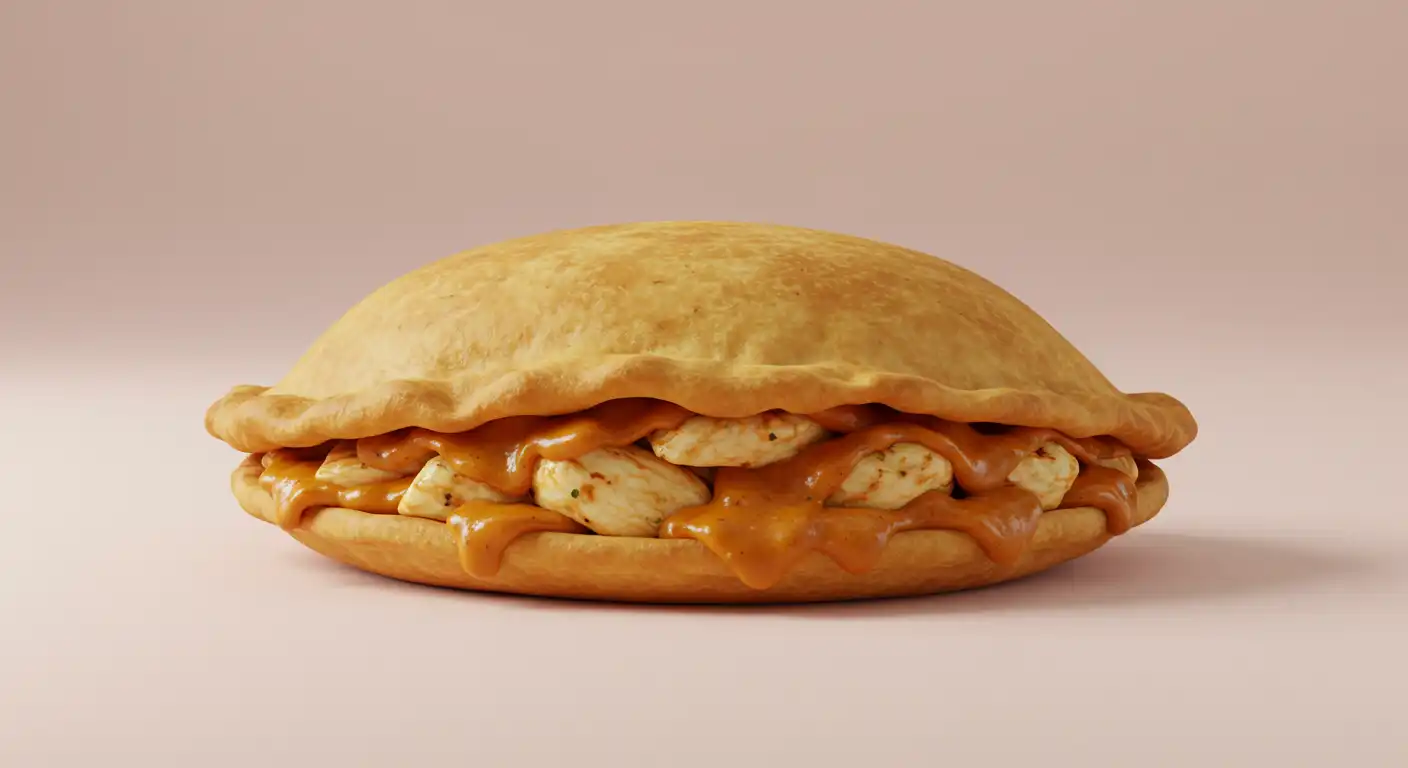Introduction
Pastelitos are a delightful Latin American pastry that has captured the hearts of food lovers across the United States. If you’re wondering “What exactly are pastelitos?” , this guide will answer all your questions. From their rich history to step-by-step recipes, we’ll explore everything you need to know about these savory or sweet treats. Whether enjoyed as a snack, appetizer, or dessert, pastelitos offer endless possibilities for flavor and creativity. Let’s dive in!
The History of Pastelitos
Pastelitos trace their origins back to Spain, where empanadas and similar pastries were popular. When Spanish settlers arrived in the Caribbean and Latin America, they brought these culinary traditions with them. Over time, local ingredients like plantains, yuca, and tropical fruits were incorporated into the recipes, giving rise to the vibrant flavors we associate with pastelitos today.
In Puerto Rico, Cuba, and other parts of Latin America, pastelitos have become a staple at parties, festivals, and family gatherings. They can be filled with anything from ground beef and cheese to guava paste and cream cheese, making them versatile enough to suit every palate.
Joke Time: Why did the pastelito go broke? Because it spent all its dough on fillings!
What Are Pastelitos Made Of?
At their core, pastelitos consist of two main components: the dough and the filling. Here’s a closer look at each:
Dough Ingredients
The dough is typically made from flour, butter, lard, or shortening, creating a tender and flaky texture. Some variations use cornmeal or cassava flour for added authenticity. For a healthier option, whole wheat flour can be substituted partially or entirely.
Filling Options
Pastelitos come in both savory and sweet varieties. Common fillings include:
- Savory : Ground beef, chicken, pork, cheese, or spinach.
- Sweet : Guava paste, cream cheese, pineapple, or coconut.
Step-by-Step Pastelitos Recipe
Ready to make your own pastelitos? Follow this easy recipe to create delicious, homemade versions.
Prep Time: 30 minutes
Cook Time: 20 minutes
Total Time: 50 minutes
Yield: 12-15 pastelitos
Type of Dish: Snack/Appetizer/Dessert
Cuisine: Latin American
Ingredients
Dough:
| Ingredient | Quantity |
|---|---|
| All-purpose flour | 2 cups |
| Unsalted butter | 1/2 cup |
| Shortening | 1/4 cup |
| Warm water | 1/4 cup |
| Salt | 1/2 tsp |
Filling (Savory Example – Beef):
| Ingredient | Quantity |
|---|---|
| Ground beef | 1 lb |
| Onion | 1 medium |
| Garlic | 2 cloves |
| Tomato sauce | 1/4 cup |
| Cumin | 1 tsp |
| Salt and pepper | To taste |
Filling (Sweet Example – Guava and Cheese):
| Ingredient | Quantity |
|---|---|
| Guava paste | 1 cup |
| Cream cheese | 1/2 cup |
Instructions
- Prepare the Dough
In a large mixing bowl, combine the flour and salt. Cut in the butter and shortening until the mixture resembles coarse crumbs. Gradually add warm water, stirring gently until a dough forms. Knead lightly on a floured surface and let rest for 10 minutes. - Make the Filling
- For Savory Filling : Sauté chopped onion and garlic in oil until softened. Add ground beef, breaking it apart with a spoon. Stir in tomato sauce, cumin, salt, and pepper. Cook until fully cooked and set aside to cool.
- For Sweet Filling : Combine guava paste and cream cheese in small portions for assembly.
- Assemble the Pastelitos
Divide the dough into equal portions and roll each piece into a thin circle. Place a spoonful of filling in the center, then fold the dough over to form a half-moon shape. Seal the edges by pressing with a fork. - Bake or Fry
Preheat your oven to 375°F (190°C). Place the pastelitos on a baking sheet lined with parchment paper and brush with egg wash for a golden finish. Bake for 18-20 minutes, or until golden brown. Alternatively, fry in hot oil until crispy.
Nutrition Facts
Here’s a breakdown of the nutritional content per serving (based on the savory beef filling):
| Nutrient | Amount per Serving |
|---|---|
| Calories | 250 kcal |
| Total Fat | 12 g |
| Saturated Fat | 6 g |
| Cholesterol | 30 mg |
| Sodium | 200 mg |
| Total Carbohydrates | 25 g |
| Dietary Fiber | 1 g |
| Sugars | 2 g |
| Protein | 6 g |
Expert Tips for Making Perfect Pastelitos
To ensure your pastelitos turn out perfectly every time, keep these tips in mind:
- Seal Them Tight : Press the edges firmly with a fork to prevent leaks during cooking.
- Use Fresh Ingredients : High-quality ingredients enhance the overall flavor.
- Experiment with Fillings : Don’t be afraid to try unique combinations, such as jerk chicken or mango-cheese.
- Adjust Cooking Method : Baking gives a lighter result, while frying creates a crispier texture. Choose based on preference.
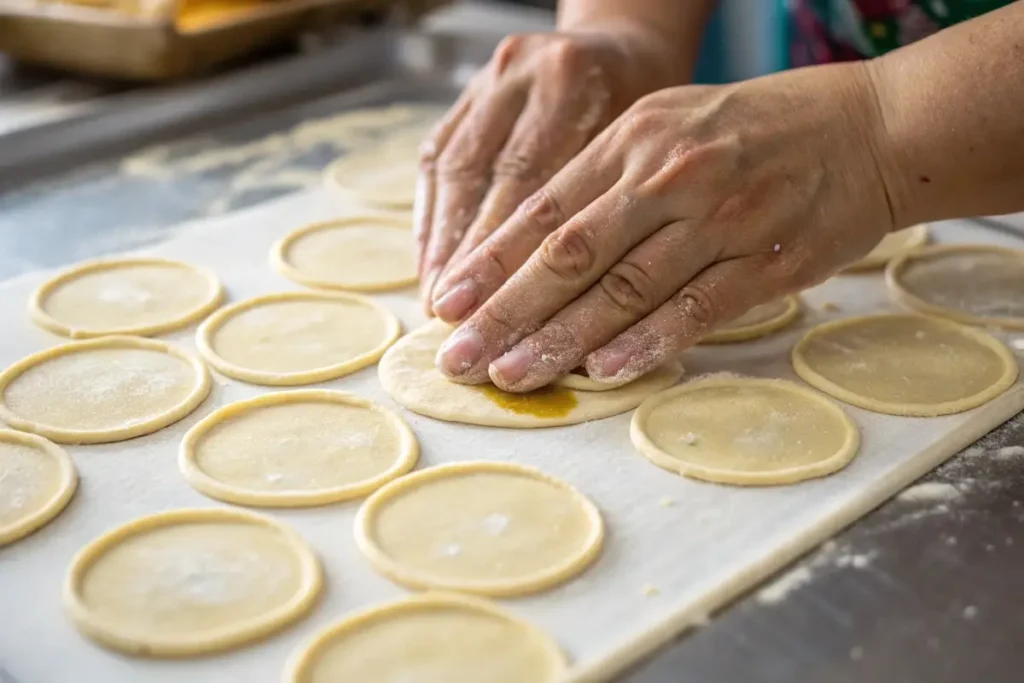
Creative Variations of Pastelitos
While traditional pastelitos are fantastic, there are countless ways to personalize them. Here are some exciting variations to try:
- Vegetarian Pastelitos : Fill with roasted vegetables, mushrooms, or black beans for a plant-based option.
- Spicy Kick : Add jalapeños, chili powder, or hot sauce to your savory fillings for an extra punch.
- Fruit-Filled Desserts : Swap traditional sweet fillings with fresh fruit jams or chocolate-hazelnut spread.
- Miniature Pastelitos : Make bite-sized versions for parties or appetizers.
Serving Suggestions and Pairings
Pastelitos are incredibly versatile, making them ideal for various occasions. Here are some pairing ideas:
- Appetizers : Serve mini pastelitos with dipping sauces like salsa, aioli, or sour cream.
- Main Course : Pair larger pastelitos with rice, beans, or salad for a complete meal.
- Dessert : Offer sweet pastelitos alongside coffee or tea for a satisfying end to the meal.
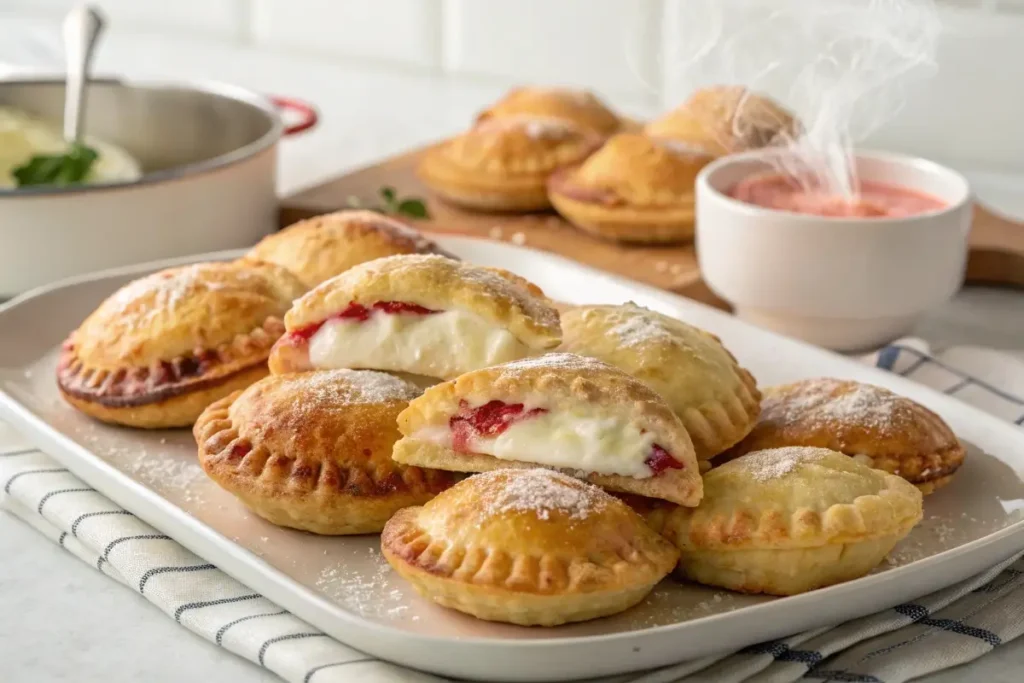
Cultural Significance of Pastelitos
Pastelitos are more than just delicious snacks; they hold deep cultural significance in Latin American communities. These bite-sized wonders often appear at celebrations, holidays, and family gatherings, symbolizing unity, tradition, and hospitality. Let’s explore how pastelitos play a vital role in preserving cultural heritage and bringing people together.
A Symbol of Celebration
In many Latin American countries, pastelitos are synonymous with festive occasions. During Christmas, for example, families gather to prepare sweet guava-and-cheese pastelitos as part of holiday traditions. Similarly, savory pastelitos filled with ground beef or chicken are staples at birthday parties, weddings, and quinceañeras. Their presence adds warmth and joy to any event, making them an integral part of cultural identity.
Bridging Generations
The act of making pastelitos is often passed down through generations, connecting older family members with younger ones. Grandmothers teaching grandchildren how to knead dough, seal edges, and experiment with fillings fosters a sense of continuity and shared history. It’s not uncommon for recipes to include personal touches or secret ingredients that have been refined over decades, turning each batch into a unique expression of family pride.
Regional Variations
While pastelitos share common roots, regional differences abound across Latin America. In Puerto Rico, pastelillos (a variation of pastelitos) often feature alcaparrado, a mixture of olives, capers, and raisins, alongside traditional beef filling. Cuban pastelitos incorporate flaky puff pastry and spiced meats, while Venezuelan empanadas lean toward cornmeal-based dough. These variations highlight the diversity within Latin American cuisine while celebrating its rich tapestry of flavors.
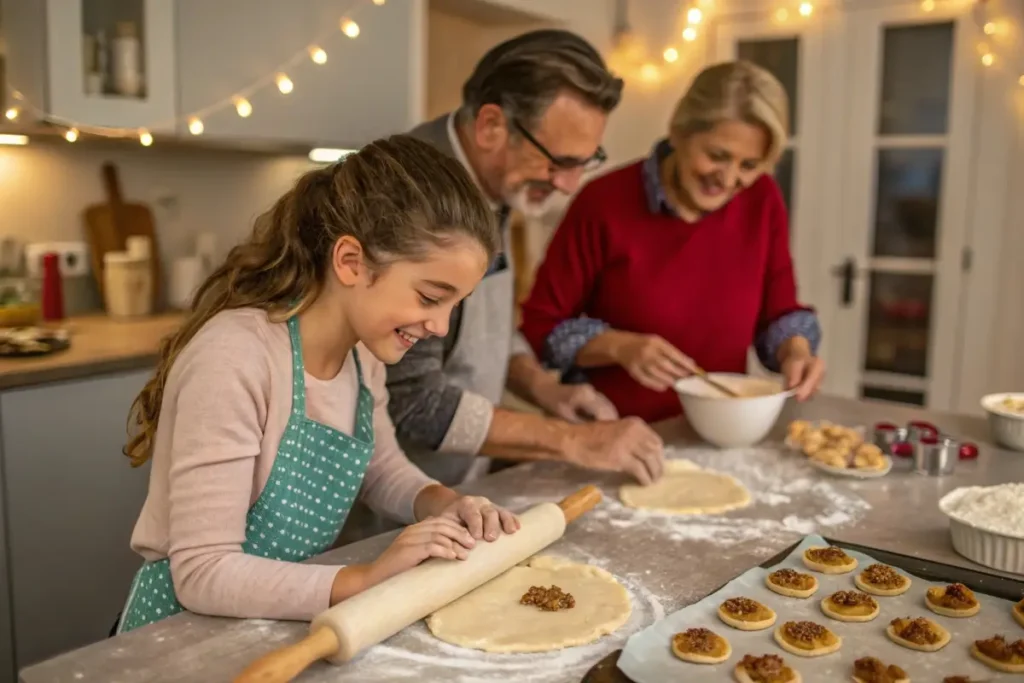
Healthier Alternatives for Pastelitos
While traditional pastelitos are undeniably delicious, they can be high in calories and fat due to their buttery dough and rich fillings. If you’re looking to enjoy these tasty treats while keeping your health goals in mind, there are several ways to create lighter versions of pastelitos that still pack plenty of flavor.
Using Whole Grain or Alternative Flours
One of the easiest ways to boost the nutritional value of pastelitos is by swapping all-purpose flour with whole wheat flour or alternative flours like almond flour, cassava flour, or chickpea flour. These options add fiber and protein while maintaining a similar texture when prepared correctly. For example, using cassava flour creates a gluten-free option perfect for those with dietary restrictions.
Reducing Fat Content
Instead of lard or shortening, try substituting unsweetened applesauce or mashed avocado in the dough recipe. Both alternatives provide moisture and richness without adding unnecessary saturated fats. Additionally, baking pastelitos instead of frying them significantly reduces calorie intake while preserving crispiness.
Lighter Fillings
Opt for lean proteins such as turkey, chicken breast, or plant-based meat substitutes in savory fillings. Incorporating more vegetables like spinach, zucchini, or bell peppers not only increases the nutrient density but also adds color and variety to your pastelitos. For sweet fillings, consider using low-sugar fruit preserves or natural sweeteners like honey or maple syrup instead of refined sugar.
Portion Control
Making smaller, bite-sized pastelitos allows you to enjoy multiple flavors without overindulging. This technique is especially useful for parties or gatherings where guests might want to sample different types of pastelitos.
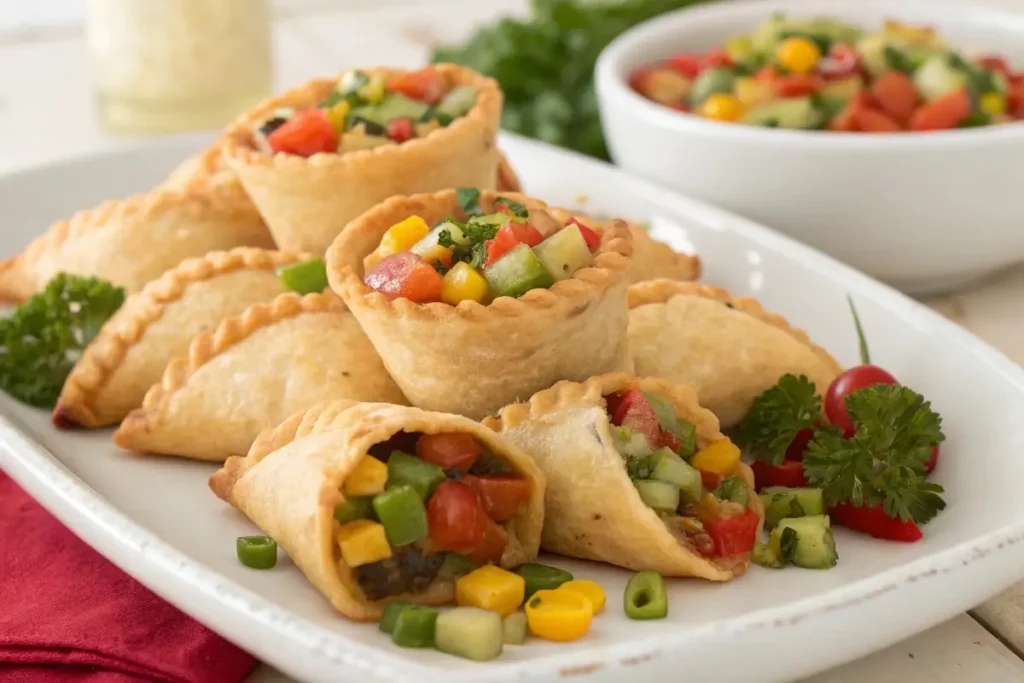
Frequently Asked Questions (FAQs)
Q1: Can I freeze pastelitos?
Yes, uncooked pastelitos can be frozen for up to 3 months. Simply thaw and bake when ready.
Q2: Should I use store-bought dough?
While homemade dough offers superior flavor, store-bought puff pastry or pie crust works well in a pinch.
Q3: How long do pastelitos last?
Stored in an airtight container, pastelitos stay fresh for 2-3 days at room temperature or up to a week in the refrigerator.
Q4: Can I make sweet and savory pastelitos together?
Absolutely! Just label or color-code the dough to differentiate between flavors.
Conclusion
Now that you know everything about pastelitos , you’re ready to impress friends and family with your newfound skills. These delightful pastries bring together tradition, flavor, and creativity, making them a must-try for anyone exploring Latin American cuisine. So gather your ingredients, roll up your sleeves, and start baking—your taste buds will thank you!
Happy cooking!
